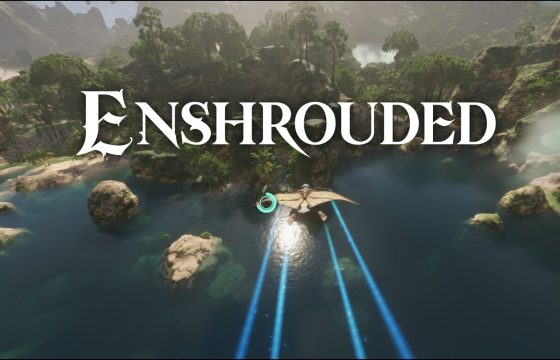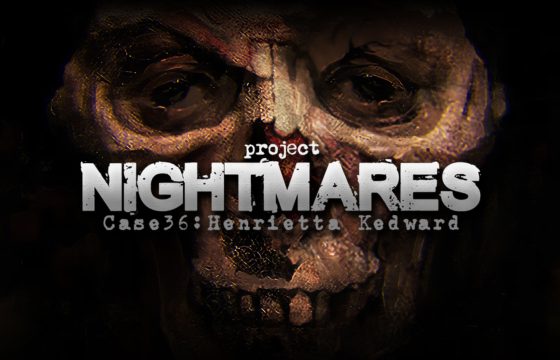Don’t focus the lens. What you see might be more real — and terrifying — than you think.
Part of the wave of independent titles that set out to inherit the legacy of P.T.—Hideo Kojima’s now-cancelled teaser for Silent Hills, which captivated the hearts and imaginations of horror fans worldwide—MADiSON, a first-person psychological horror game released in July 2022, stands as a harrowing descent into the depths of the human psyche and supernatural terror. Developed by the Argentinian studio BLOODIOUS GAMES, the title embraces a deeply intimate and unsettling vision, defined by relentless tension and a suffocating, haunting atmosphere.
More than a game designed to simply frighten, MADiSON is a visceral exploration of anxiety and psychological dissociation. Its slow-burning, psychedelic, and hypnotic narrative urges players to venture deeper into the darkness, peeling back the twisted layers of a mystery that binds the protagonist and his family. This is a title for those who seek pure psychological horror—one steeped in sustained dread and cryptic storytelling, offering far more than a procession of jump scares and monstrous apparitions.
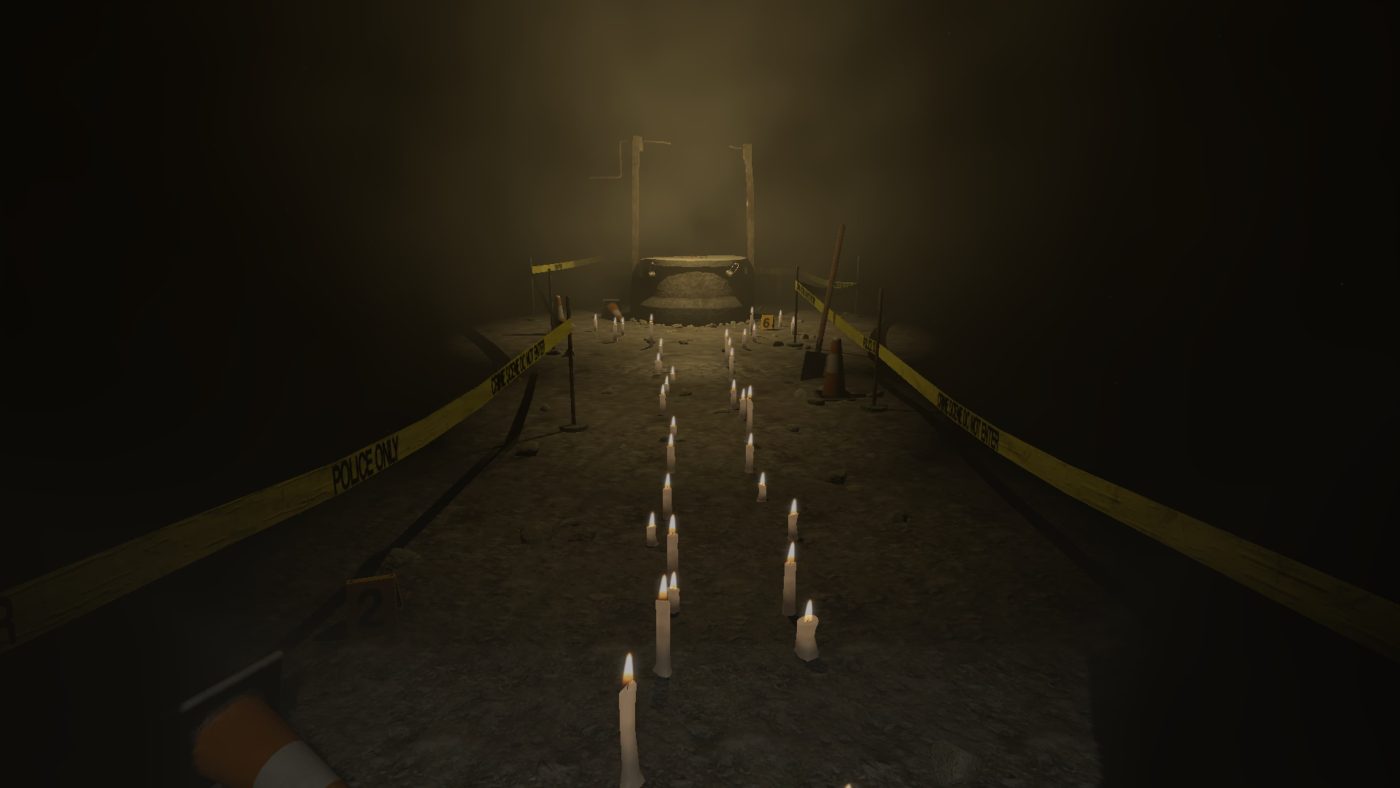
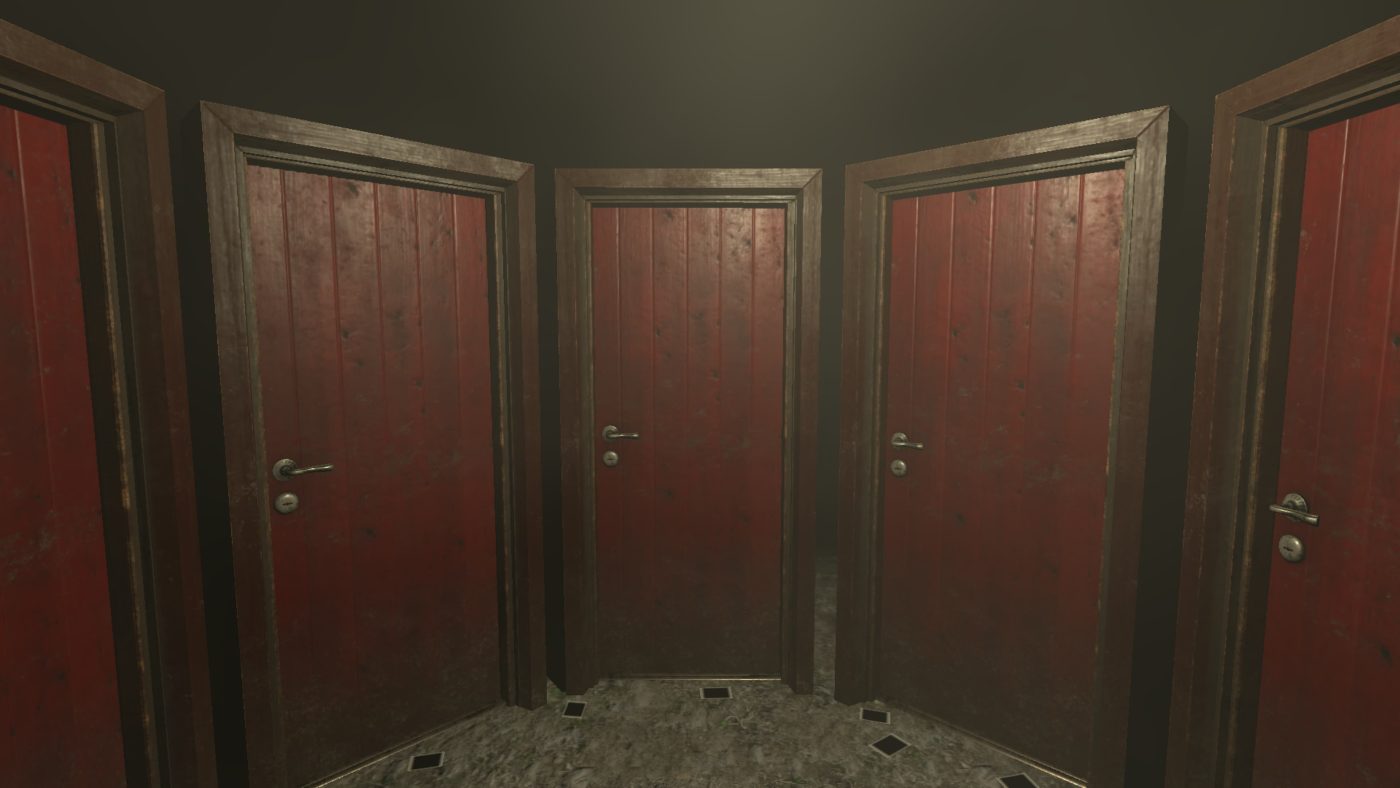
BLOODIOUS GAMES leads us into the shadows of a living nightmare
BLOODIOUS GAMES is an independent development studio based in Argentina, founded by Alexis Di Stefano and a team of creatives with backgrounds spanning both cinema and game development. This dual heritage is unmistakably present in every visual and narrative choice throughout the game, which showcases a painstakingly crafted sense of mise-en-scène, rhythm, sequencing, and a meticulously designed visual language of fear.
Despite its modest size, BLOODIOUS has delivered a work that rivals the output of far larger and more resource-rich studios. One of its most effective decisions was to focus on a tightly contained, highly curated experience: a limited number of locations, a small cast of characters, and a story unfolding within a single, claustrophobic setting—yet executed with such narrative and technical finesse that MADiSON plays like a fully-fledged cinematic horror film, reimagined through the lens of interactivity.
The developers drew inspiration not only from P.T. but also from classic and contemporary horror cinema, spiritual experiences, and South American folklore—never once compromising on their uncompromising stylistic vision. MADiSON was conceived as a raw, unrelenting horror experience, with no concessions made for combat systems or comforting conclusions. It is precisely this commitment that led the team to reject mechanics that might dilute the tension, including “happy endings.”
MADiSON’s success stands as a testament to what independent teams can achieve with focused ambition and a coherent creative vision. Even without a blockbuster budget, BLOODIOUS GAMES has demonstrated that a deeply disturbing and artistically accomplished experience is well within reach. The studio has continued to support the title post-launch with technical updates and small additions, while persistent rumors suggest they may already be working on a new project—possibly set in the same narrative universe or one that mirrors its tone and style. Whatever it may be, anticipation runs high.

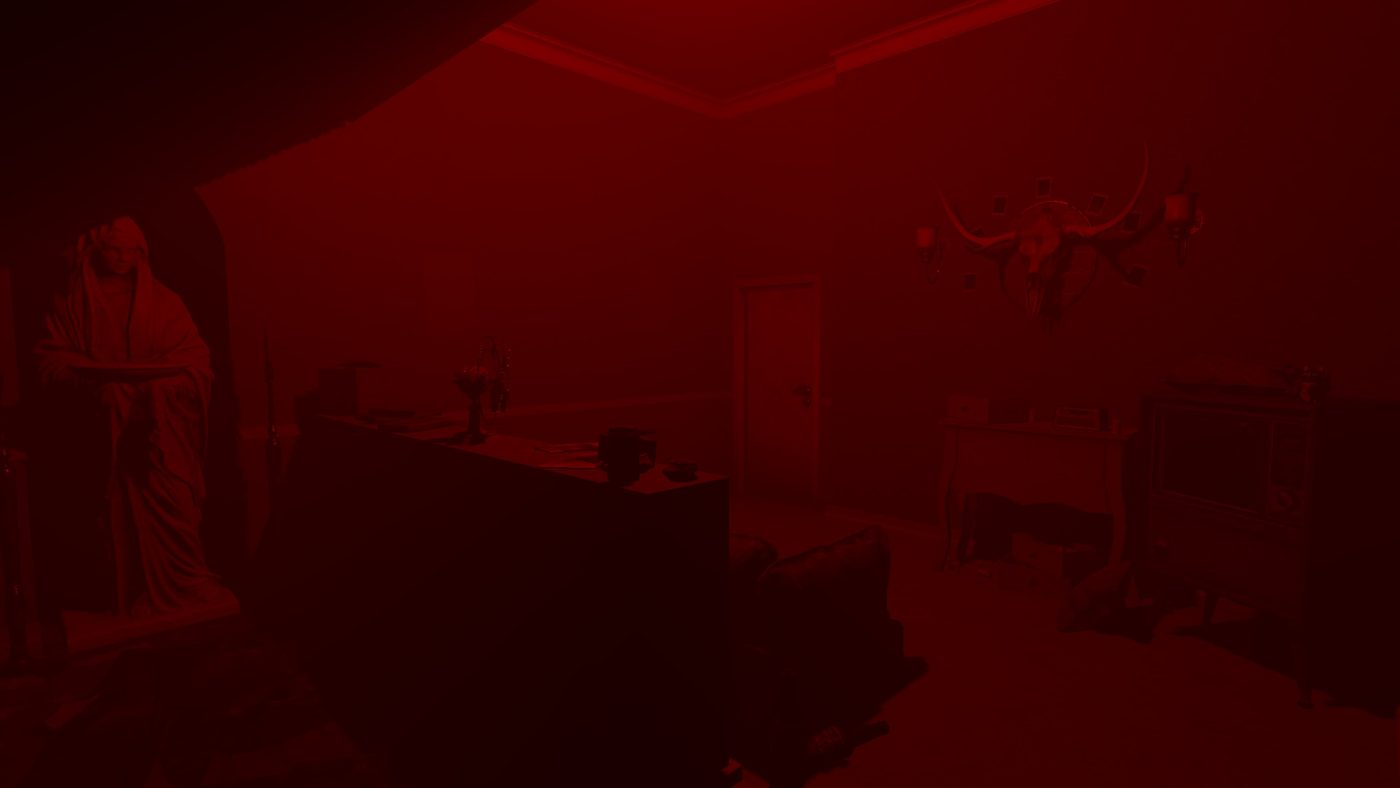
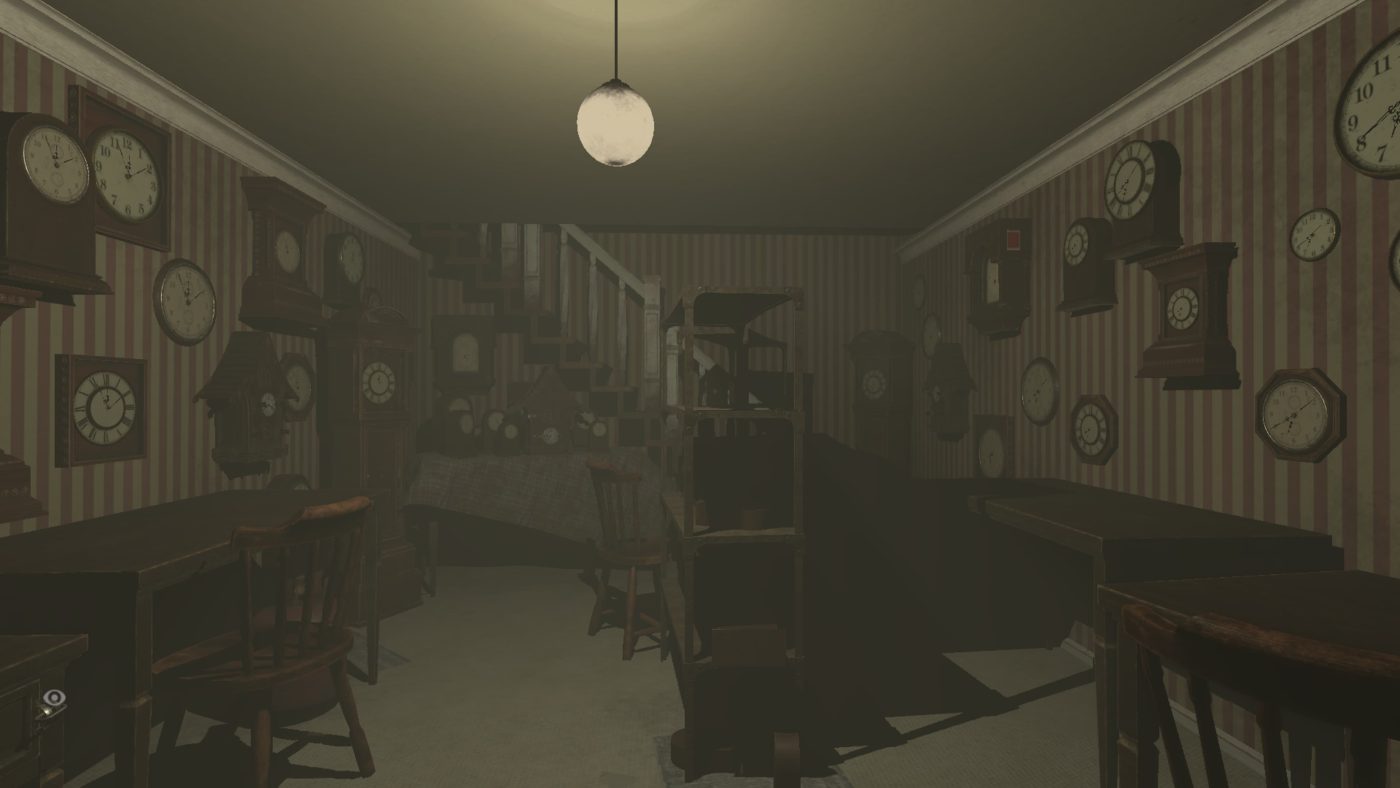
Terror, Madness, Rituals, and the Occult — It Has It All!
The narrative of MADiSON is deliberately cryptic and disorienting, yet it unfolds around a clear thematic core: the harrowing journey of Luca, a teenage boy who awakens trapped in his grandparents’ house—bloodied, disoriented, and with no memory of what has transpired. From the very first moments, it becomes evident that something profoundly disturbing has occurred: visions, disembodied voices, fleeting apparitions, and inexplicable events that defy all logic begin to torment the protagonist from the moment he regains consciousness.
At the heart of the experience lies a mysterious instant camera—an inherited Polaroid—that allows the user to alter reality and access hidden dimensions. With every photograph taken, the world around Luca shifts, placing the player within a nightmarish labyrinth of fragmented memories, spectral entities, environmental puzzles, and a deeply fractured family past. In MADiSON, there are no weapons, no enemies to fight—only raw, psychological fear, investigation, and a fragile grip on mental survival. The game commits entirely to psychological horror, discarding genre clichés in favor of a more visceral, intimate experience.
Set predominantly within a decaying house, MADiSON cloaks the player in darkness and isolation. While there are moments of startling jump scares, they are never the focus. What truly unnerves is far subtler: ambient noises, flickering lights, cryptic messages revealed through photographs, and sudden, disquieting environmental shifts.
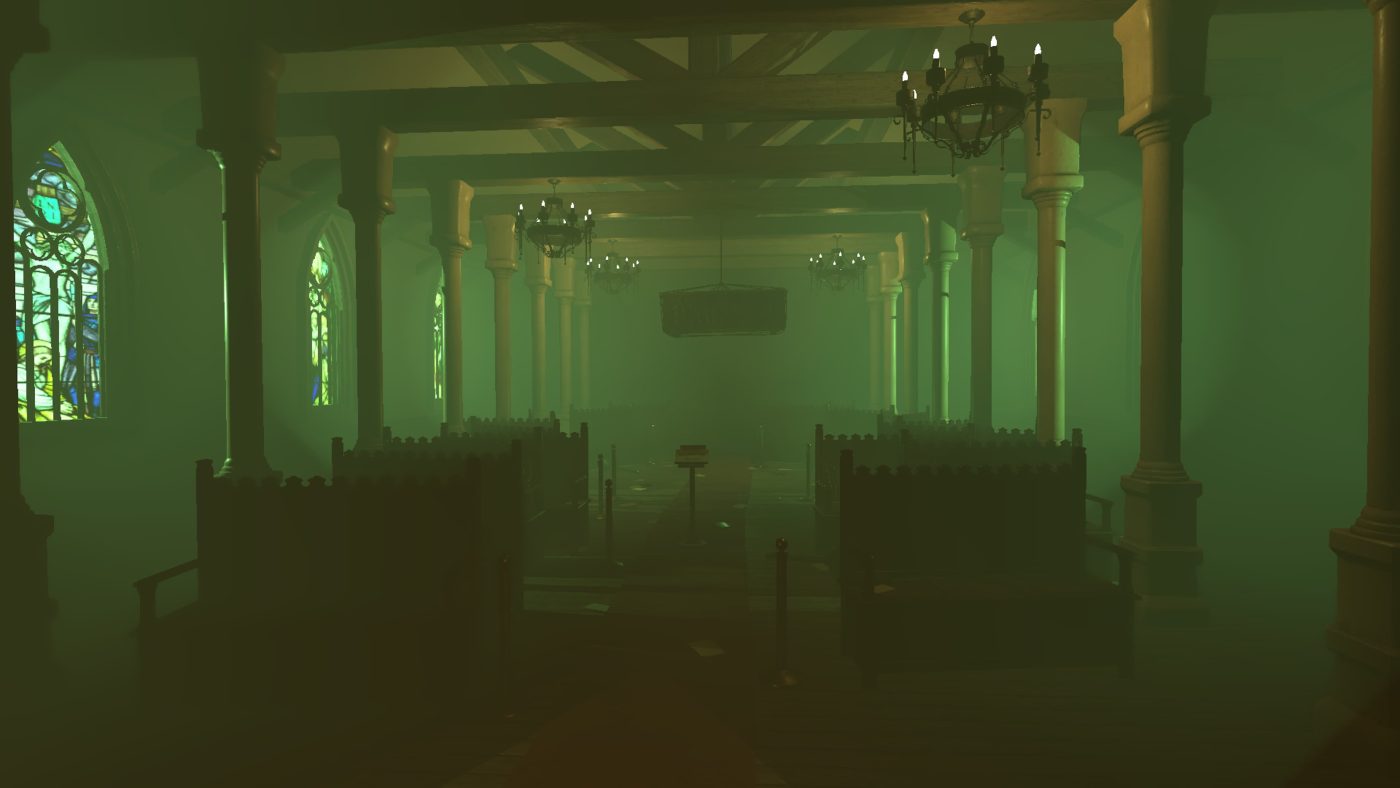

When Luca discovers the old Polaroid camera—once belonging to Madison Hale, a woman accused of horrific ritual murders in the 1980s—the story begins to fully reveal its sinister power. It soon becomes clear that Madison had used the very same camera to carry out her sacrificial rites, invoking malevolent entities through dark occult practices. Following her death, the object remained tainted, becoming a conduit through which evil continues to manifest—marking Luca as its next chosen victim.
As the descent into Luca’s fractured psyche deepens, the player begins to relive moments from his childhood, unearthing truths long buried by his father and grandfather, and uncovering how the shadow of evil has haunted his family for generations. The story unfolds through audio recordings, handwritten notes, personal letters, photographs, and the careful environmental observation of seemingly ordinary objects scattered throughout the house. It is up to the player to piece together the narrative, interpreting each fragment as a clue in a twisted, deformed mosaic.
The pivotal moment arrives when Luca realizes he is not merely haunted by Madison Hale’s legacy—he is inextricably bound to it. Possession is no longer a distant threat but a looming, perhaps inevitable fate. The camera, once a tool of discovery, reveals itself as a demonic artifact—capable of opening doors between worlds and exposing truths that were never meant to surface. In MADiSON, there is no true salvation: the horror cannot be defeated, only understood.
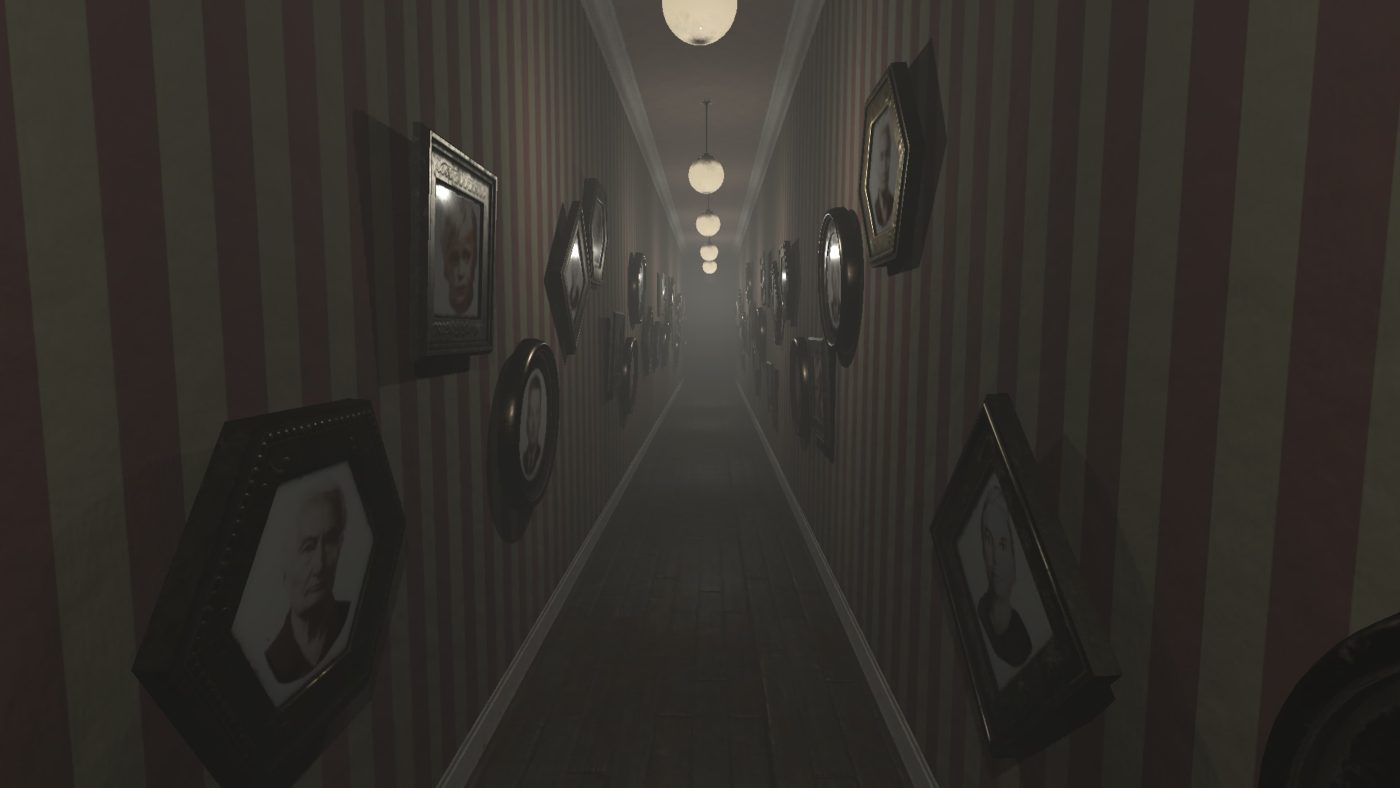

A Movie-Worthy Mood of Terror and Tension
The narrative strength of MADiSON lies in its atmosphere and its ability to evoke trauma. The story unfolds only through our courage—via Luca—to confront what frightens us most. The environmental storytelling is equally refined, expertly scattering everyday objects, burnt photographs, overturned crucifixes, family diaries, and whispered messages from audio tapes, constantly blurring the line between what is real and what is symbolic. The Polaroid camera almost becomes a narrator itself, revealing the “unseen” and actively driving the story forward, while Luca’s entire family history takes shape through the voices of the deceased and hidden documents. There is a persistent feeling that every wall tells a part of the story, and that each step leads deeper into the abyss of the nightmare.
Luca’s voiceover, often fraught with panic or despair, humanizes the experience and forges a strong emotional bond with the player. We are not faced with the typical hero, but with a vulnerable victim, unprepared for the forces overtaking him from within. It is through this vulnerability that the player is drawn to evocative themes such as psychological illness, suicide, and domestic violence, alongside esoteric subjects like the cult of pure evil.
Adding to this is the portrayal of memory as corrupted and unstable—rooms shift unpredictably, photographs display images differing from reality, and often what was believed to be understood is overturned by new revelations. This narrative instability is intentional, designed to amplify the player’s sense of vulnerability and loss of control. MADiSON offers a genuine, subjective experience—one composed of intuitions, hypotheses, and sensations. It is a story that does not guide but unsettles; it does not comfort but disturbs.
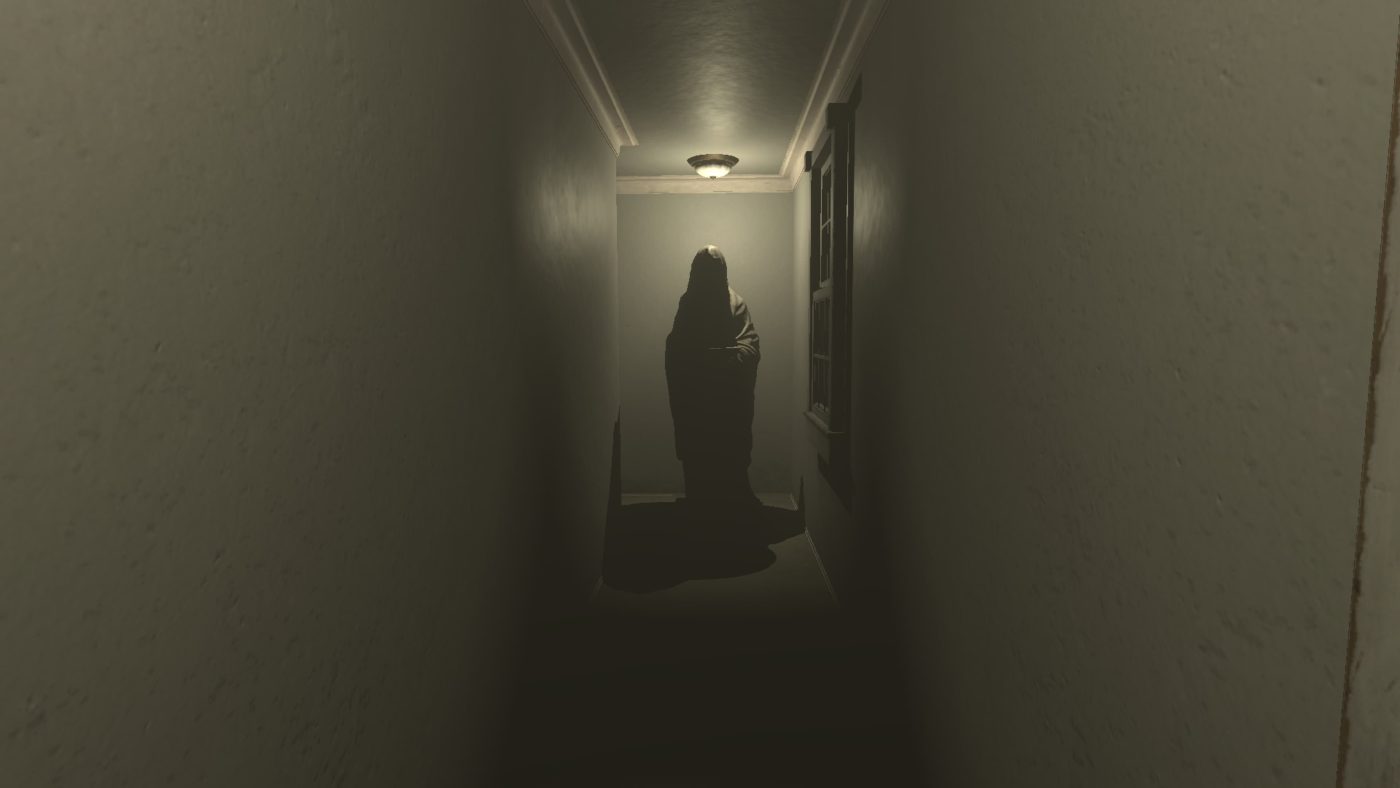
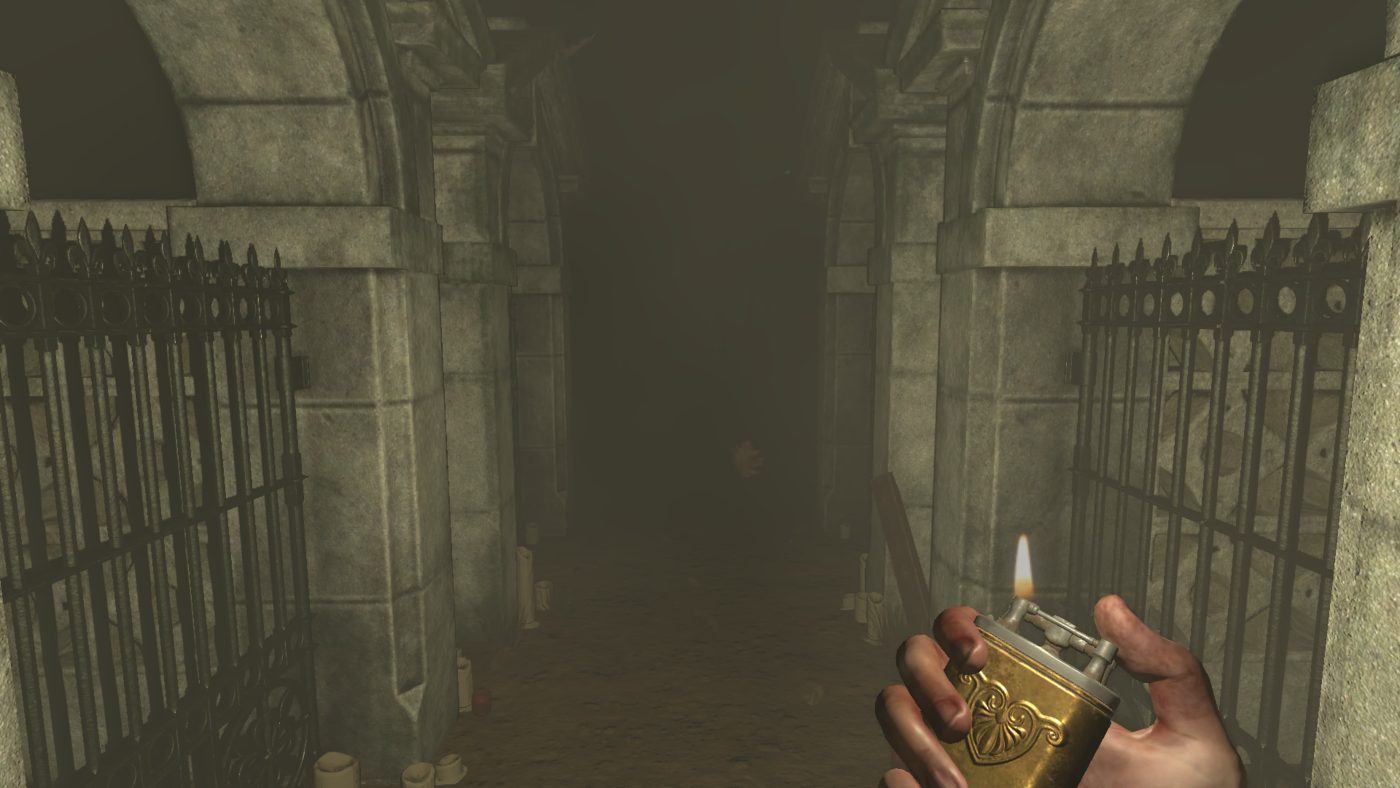
Crafted with Purpose, Driven by Passion
From a technical standpoint, MADiSON is a title built on a modern game engine—Unity—well-suited to crafting dark, atmospheric lighting and evocative, mood-driven environments. What stands out from the very first moments is the obsessive attention to environmental design: the house in which most of the action takes place is rendered with meticulous detail. Each room feels like a decaying, cinematic set—steeped in abandonment and brimming with an air of looming danger. These spaces shift and transform constantly, often in deeply unsettling ways that disorient the player and heighten a pervasive sense of unease. This spatial dynamism is one of the game’s visual hallmarks, transcending pure aesthetics to become a storytelling device in its own right.
Lighting and shadow are handled with particular finesse. The game makes clever use of dynamic light sources—such as the camera’s flash or the flickering of chandeliers—to construct tension-laden scenes. Darkness is thick and enveloping, with stark contrasts between light and shadow used to cultivate suspense and provoke fear.
The technical execution does reveal occasional limitations: some textures appear grainy or lack definition, and the polygonal detail falls short of AAA standards—understandable, given the budgetary constraints typical of indie studios. Yet these imperfections never compromise the visual experience. If anything, they enhance it—evoking a retro aesthetic reminiscent of ‘80s and ‘90s horror cinema that perfectly complements the game’s psychological tone.
Paranormal visual effects—distortions, ghostly flares, spectral lighting, and analog interference in the camera’s viewfinder—form an additional signature layer, rendering the collapse between reality and the supernatural almost tangible. Animations are solid throughout, with believable character movement and object interactions, even if not at the cutting edge of current standards.
In the end, MADiSON’s visual identity is a thoughtful synthesis of stylistic vision and pragmatic constraint. Its strength lies not in photorealism, but in the artful deployment of light, shadow, spatial distortion, and claustrophobic design. Together, these elements create a hauntingly cohesive visual experience—one that aligns seamlessly with the game’s psychological horror ethos and more than compensates for any technical shortcomings.
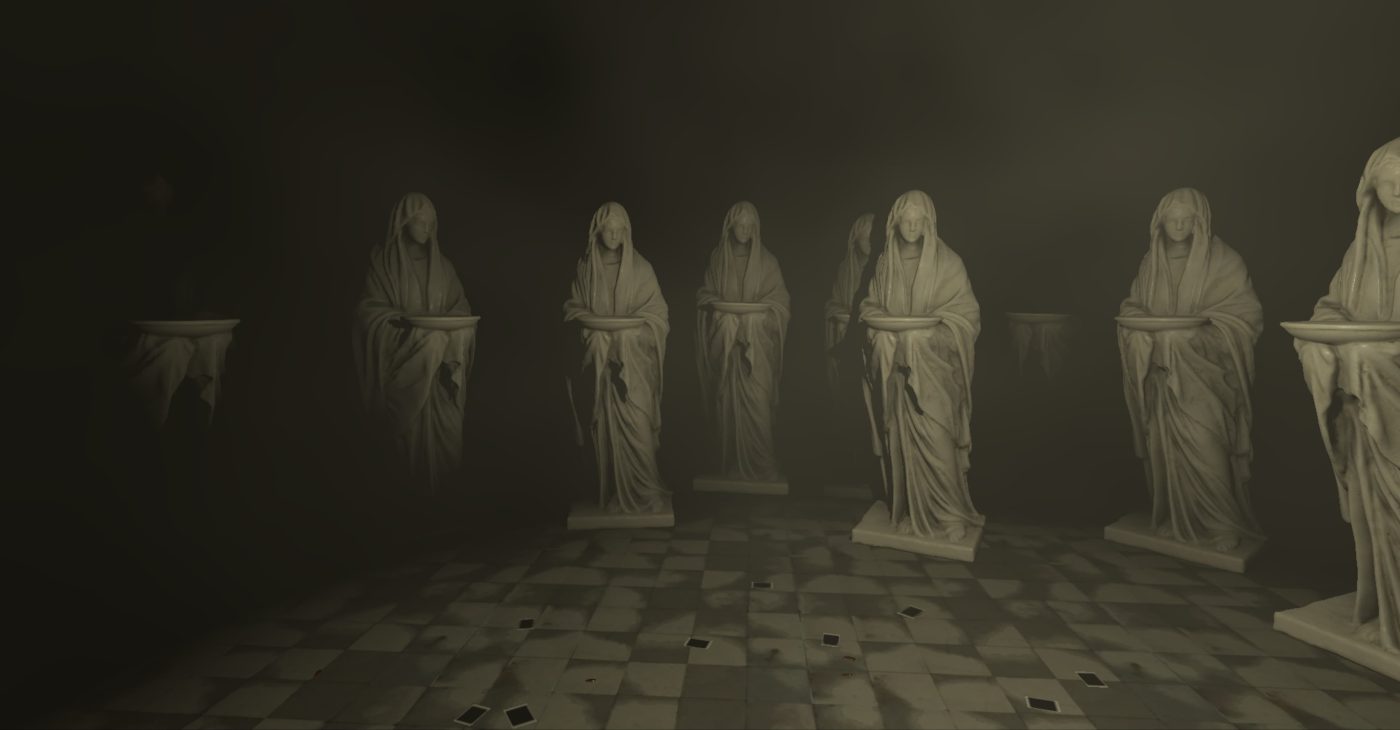

A Near-Perfect Sound Design
The soundscape of MADiSON stands as one of its most masterfully executed and defining elements. It’s within the game’s audio design that the developers’ meticulous craftsmanship truly emerges, shaping an atmosphere that is as oppressive as it is immersive. Leveraging advanced 3D spatial audio, every creak, whisper, and shifting footstep is anchored with unsettling precision—enveloping the player in a constant state of auditory paranoia.
The design thrives on contrast: silence becomes a weapon, punctuated by distant knocks, distorted breathing, or the sudden snap of a door creaking open. These aren’t just background effects—they’re psychological triggers that tap into primal fears, relentlessly feeding a sense of dread.
The musical score is sparse but deliberate—employed only when narrative or emotional tension demands it. Rather than relying on melodrama, the soundtrack underscores moments of psychological collapse or narrative crescendo with haunting minimalism, allowing silence and ambient noise to dominate the experience elsewhere. The result is a sonic environment that is suffocating in its restraint, building unease through what is heard—and what isn’t.
One of the most iconic elements is the sound design of the instant camera: each flash and shutter click slices through the silence like a scream, anchoring key interactions in a rhythm of fear and anticipation. Equally compelling are the degraded voice recordings and analog tapes, soaked in static and spectral distortion, which amplify the game’s themes of memory, trauma, and spiritual corruption.
In essence, MADiSON’s sound design is not merely atmospheric—it is foundational. It doesn’t accompany the horror; it shapes it. Every auditory detail serves a narrative function, making the game’s world feel alive, haunted, and inescapably close. It is, in many ways, a benchmark for how sound can elevate and define psychological horror.


An Innovative, Cinematic Gameplay Experience
Beyond all that has been said about MADiSON’s gameplay, it is important to highlight its strong emphasis on exploration, puzzle-solving, and interaction within a dynamic, unsettling environment. The game eschews combat and weapons, focusing instead on vulnerability and the ingenious use of the Polaroid camera. Central to the experience, each photograph reveals details invisible to the naked eye, alters environmental elements, or opens portals to parallel dimensions. Players must judiciously choose when and where to take a photo, as film is limited and certain shots may provoke unpredictable, sometimes disturbing, changes in the surroundings.
The puzzles maintain a careful balance—never overly abstract or needlessly complex—but requiring keen observation, creative use of the camera, and intuition. Some challenges involve decoding cryptic messages, while others rely on interpreting subtle environmental clues.
A core gameplay mechanic revolves around managing fear and psychological stress. MADiSON heightens tension through the protagonist’s gradual mental deterioration, hallucinations, and sudden spectral apparitions. Instead of a traditional health system, a “mental resilience” meter reflects Luca’s psychological state, depleting as he confronts traumatic events. This innovative approach deepens immersion, encouraging players to proceed with caution and deliberation.
Worldbuilding unfolds almost exclusively within the house and its intertwined family history. The house itself acts as a living entity—constantly shifting to reflect Luca’s psyche and Madison’s malevolent influence. The oscillation between mundane and supernatural spaces creates a compelling, oppressive duality. The intertwined tale of the Hale family and Luca gradually reveals itself through documents, photographs, diaries, and fragmented memories, enriching the narrative with layers of complexity. Themes of cults, possession, blood rituals, and concealed violence are intricately woven into the story’s fabric.
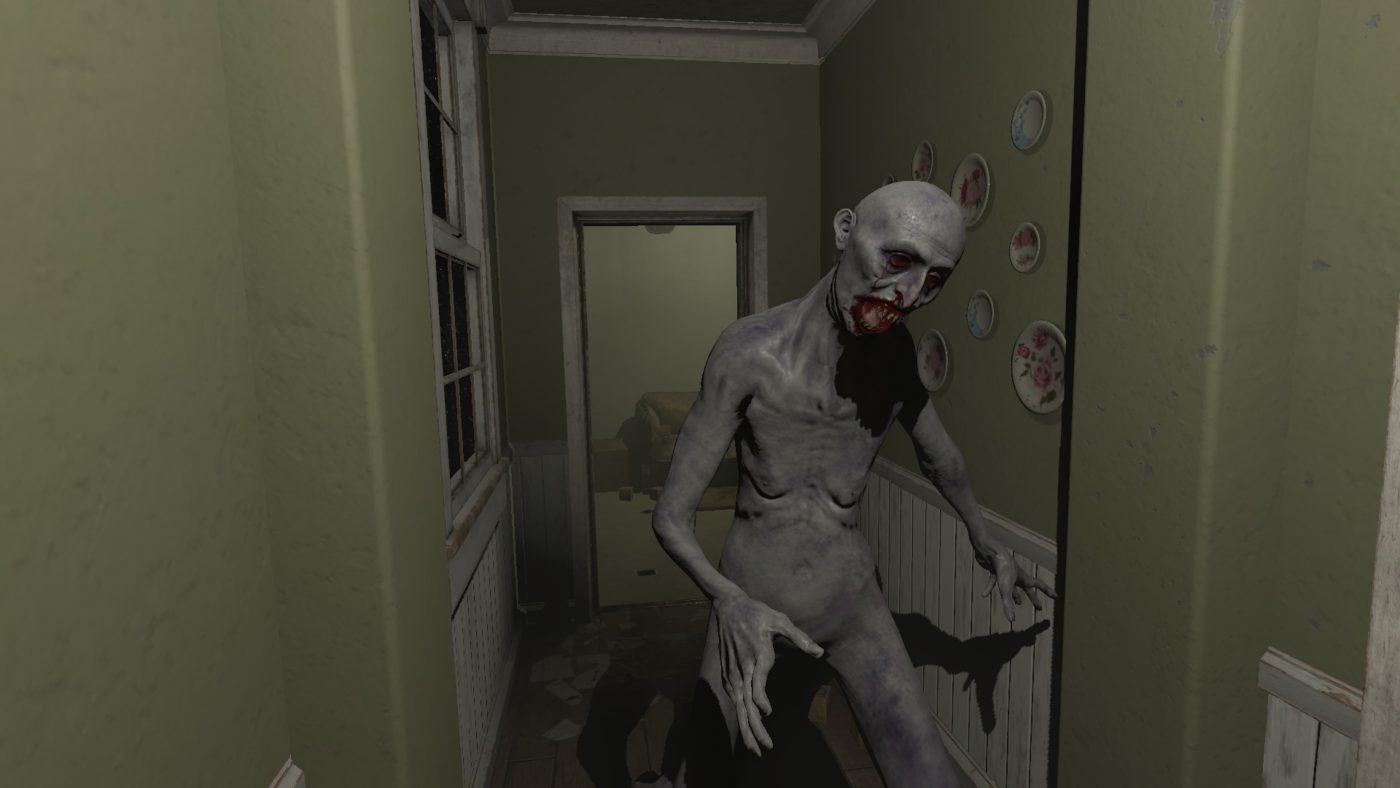

Highly Rated by Critics
MADiSON is widely regarded by critics as one of the most successful psychological horror games in recent years, effectively combining unsettling atmospheres, a layered narrative, and innovative gameplay centered around the use of a camera. The game’s ability to maintain constant tension and an enveloping sense of dread has been particularly praised. Its bold choice to forgo direct confrontations in favor of exploration and psychological engagement works exceptionally well within this genre, carefully balancing moments of fear with thoughtful pacing.
The story is also noteworthy—complex and evocative, it deeply engages fans of dark, ambiguous plots that unravel only in the final moments of the game. Players are invited to interpret and reflect, left without easy explanations or a neatly “closed” ending, which may prove challenging for those who prefer more straightforward and accessible narratives.
In conclusion, MADiSON is highly recommended for players seeking a profound and disturbing psychological horror experience that leaves a lasting impact. However, it may be less suitable for those who favor more dynamic gameplay or a simpler, more linear story.
MADiSON
PRO
- Atmosphere and Tension: MADiSON is a masterpiece at crafting an unsettling and oppressive atmosphere. The blend of claustrophobic environments, carefully curated lighting and shadows, and top-tier sound design generates a constant, immersive psychological tension that keeps the player on edge throughout the entire experience.
- Original and Profound Narrative: The storyline is rich with nuance and symbolism, gradually unfolding through exploration and discovery.
- Well-Integrated Gameplay Mechanics: The gameplay is original and perfectly serves the construction of psychological horror.
- Immersive Environmental Design: The environments are meticulously crafted, with every detail reinforcing the sense of unease. The ever-changing, transforming house stands out as a true highlight of the game.
- High-Quality Audio: The sound design excels, employing skillful use of ambient effects, 3D audio, and a carefully balanced soundtrack.
- Intense Emotional Experience: MADiSON tackles complex themes, going far beyond superficial horror to deliver a deeply impactful experience.
CON
- Slow Pace: For some players, the progression may feel too slow, with exploration and investigation phases that risk becoming repetitive or less engaging.
- Technical Limitations: Certain graphical aspects don’t match AAA production standards, featuring textures that are not always detailed and animations that can occasionally lack fluidity.
- Non-Linear Narrative: The fragmented and cryptic storytelling approach may confuse players and create a sense of disorientation.





